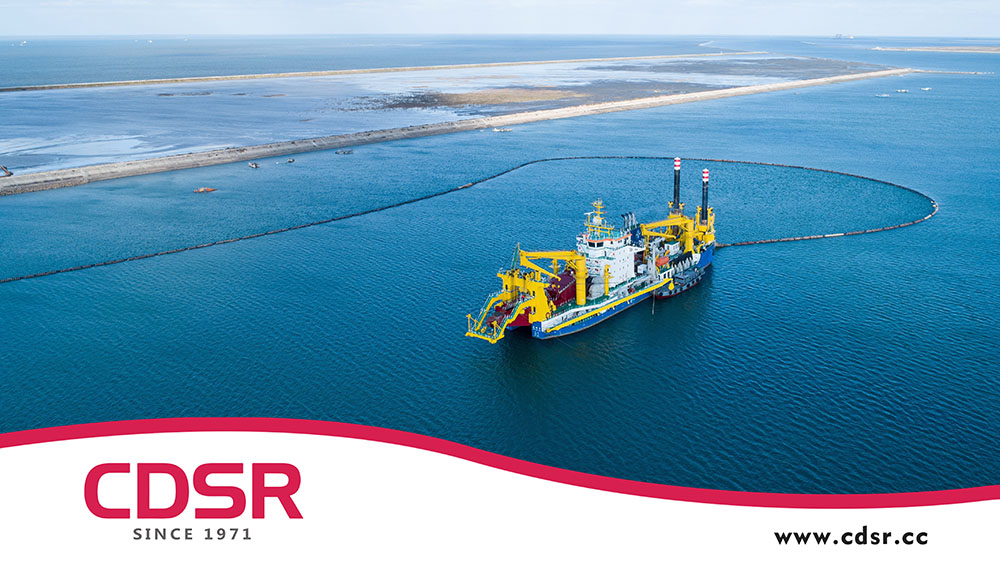In modern engineering construction, dredging is an indispensable link, especially in the fields of civil engineering and environmental management. As a flexible conveying tool, floating hose plays an important role in dredging projects because of its easy installation and mobility.
Working principle of floating hose for material transportation
During dredging operations, floating hoses connect the dredging vessel to the point where the mud is discharged (such as a material handling station on shore or a transport vessel). The floating hose can adjust its position with the movement of water flow or ships, reducing the impact on ships and operating equipment and maintaining the continuity of material transportation. CDSR floating hose can adapt to different water environments and operating conditions.

Critical speed
The critical speed is the optimal speed that can ensure that solid particles do not settle and avoid excessive energy loss when the material flows in the pipeline. When the fluid speed is lower than the critical speed, solid particles in the mud will settle, causing pipeline blockage. When the fluid speed higher than the critical speed, pipeline wear and energy consumption will increase.
Pipeline resistance
Pipeline resistance refers to the resistance encountered when transporting fluids (such as mud) within pipelines. This resistance affects the flow rate of the fluid and the pressure. The following are several key factors that affect pipeline resistance:
Pipeline length: The longer the pipe, the greater the friction area between the fluid and the pipe wall, so the resistance is greater.
Pipeline diameter: The larger the pipe diameter, the smaller the relative area of contact between the fluid and the pipe wall, resulting in less friction resistance.
Pipeline materials: The surface smoothness of pipes of different materials is different. Smooth pipeline produce less resistance than rough ones.
Number of particles in the pipeline: The more particles there are in the mud, the more particles interact and collide with the pipeline wall, resulting in increased resistance.
Obstacles in pipelines: such as elbows, valves, etc., these components will cause the fluid flow direction to change or the local flow rate to increase, thereby increasing friction and resistance.
Wear and tear issues
During long-term use, dredging pipelines will face various wear problems due to the particularity of their working environment. These wear can mainly be divided into: mechanical wear or erosion, and chemical corrosion:
Mechanical wear or erosion: This is caused by the friction and impact of solid particles (such as sand, gravel, mud, etc.) flowing inside the pipeline on the inner wall of the pipeline. Over time, this continuous physical effect will lead to the gradual loss of material on the inner wall of the pipeline, especially in areas with higher flow rates such as elbows and diameter reductions, where the wear will be more serious.
Chemical corrosion: During use, dredging pipelines may come into contact with some corrosive materials. These chemicals react chemically with the pipeline material, causing structural damage and performance degradation of the pipeline material. Chemical corrosion is usually a slow process, but when accumulated over a long period of time, it can also have a serious impact on the integrity and service life of the pipeline.
Date: 03 Jun 2024





 中文
中文